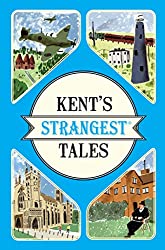Picturesque cottages, charming shops, and a listed duck pond
The charismatic village of Otford in Kent is located in the lush Darent Valley. It is named after the River Darent, which snakes its way through the heart of the Kent countryside. Darent Valley is also referred to as the Darenth Valley, but hey, I’m not going to argue with either.
When the River Darent reaches Otford, it gurgles beneath the quaint High Street. It gently flows through woodland, passing oast houses and beautiful Kent stone cottages along the way.
We visited Otford during our mini road trip around the Darent Valley after making two nostalgic childhood stops at Farningham and Eynsford en-route. Which truly enhanced our happy, youthful memories.
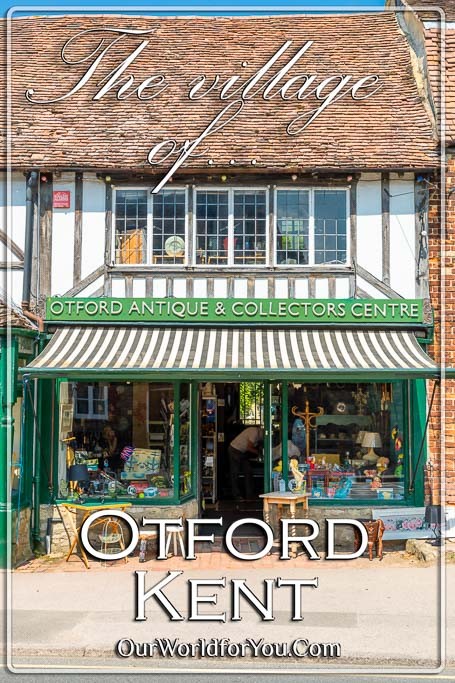
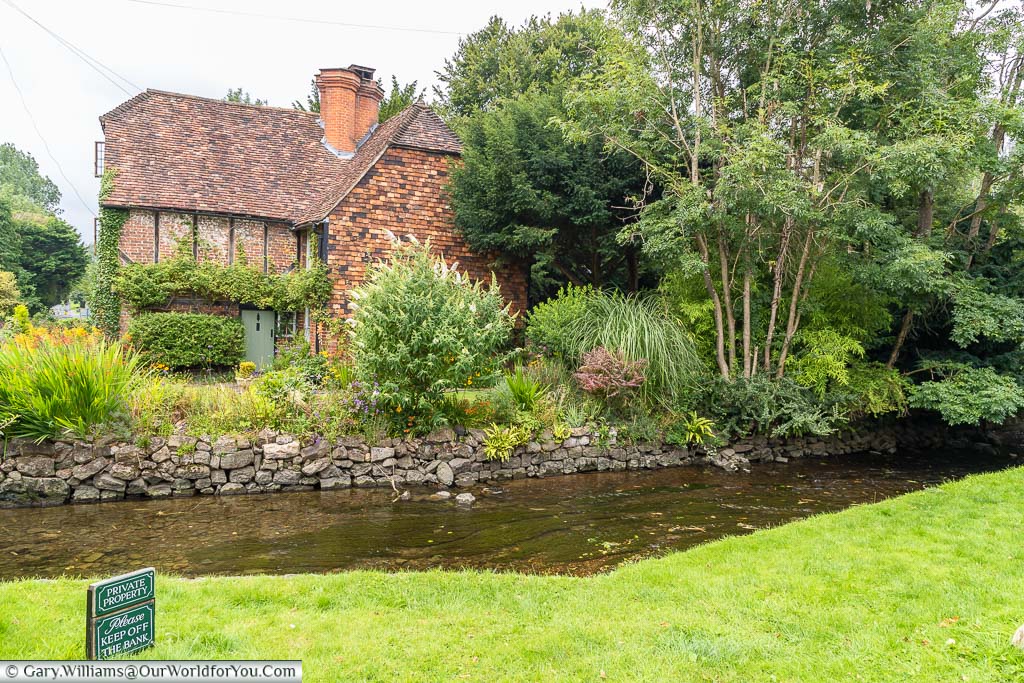
How to get to Otford
How to get to...
- By Train
You can catch a direct train from London Victoria to Otford Station, which takes around 35 minutes. Other London stations serve Otford; however, the travel times vary.
- By Car
Otford can be easily accessed from the M25 (jct. 5). There’s a central carpark in the village which is free for the first hour, and then there is a tiered tariff.
A little history on the village of Otford
An Archbishop’s PalaceAmazingly, this small village has some incredible history dating as far back as the iron age.
Romans ruled the land during the 4th century, and traces of an ancient Roman villa were excavated during the 1930s and more recently by the West Kent Archeological Society.
The Saxon’s also played a role in Otford’s past and were not content with staging one Battle of Otford in 776; the Saxon’s also fought the Danes in 1016 at the Battle of Otford.
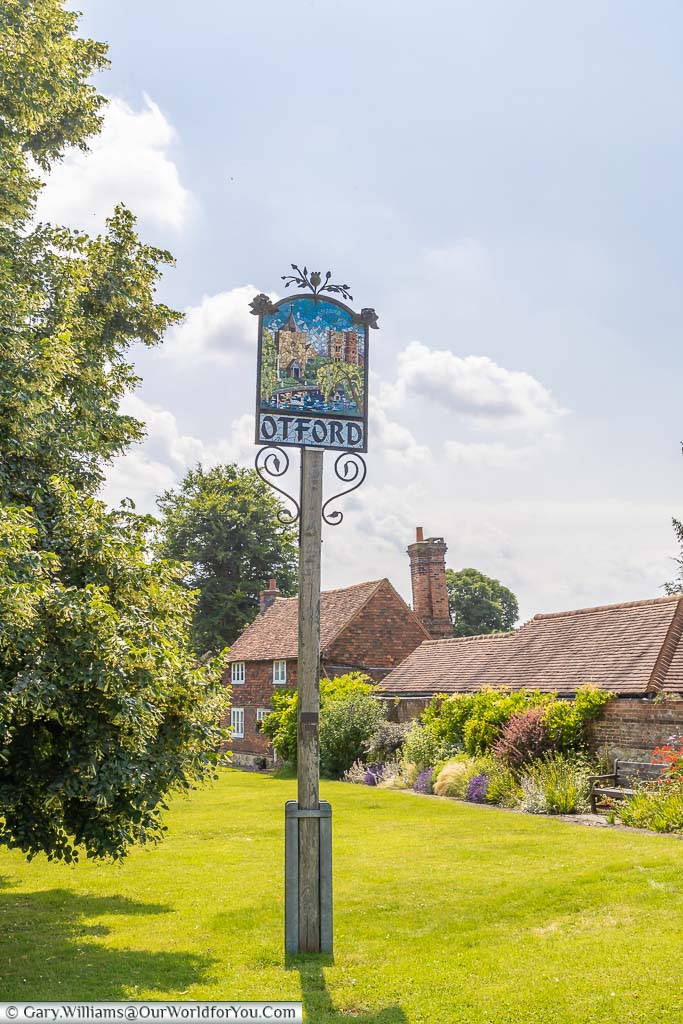
Then following the Norman invasion by William the Conqueror in 1066, the village of Otford was mentioned in the Domesday Book of 1086.
However, Otford Palace, also known as the Archbishop’s Palace, undoubtedly placed Otford on the map. The land was gifted to the Archbishop of Canterbury around 790 and on which a palace was built.
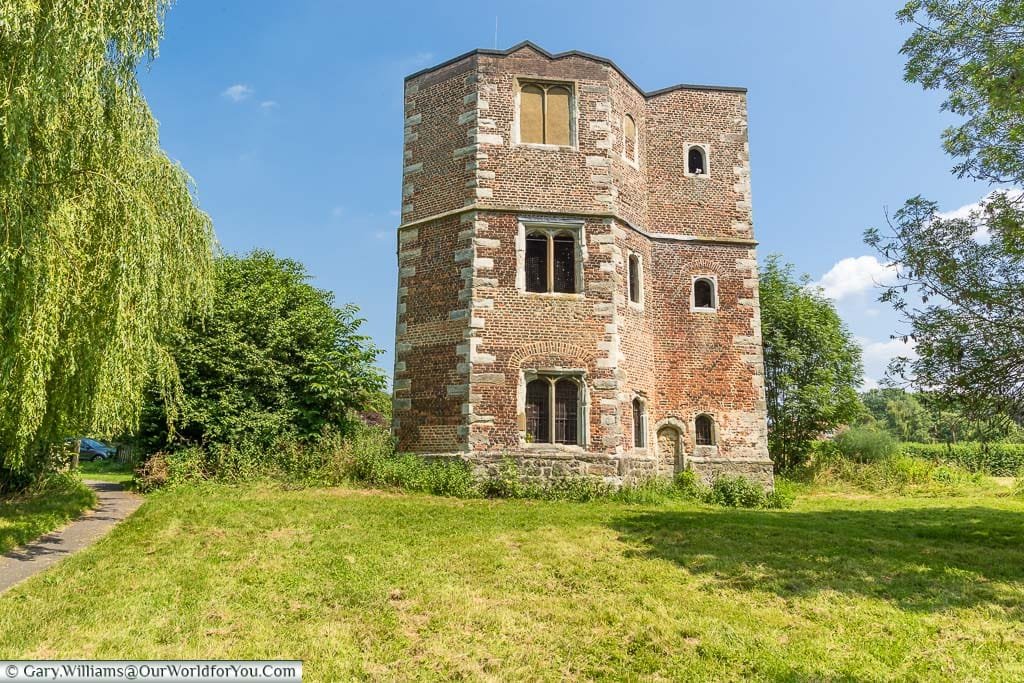
Though, it was during the early 16th century that Otford Palace was reconstructed, and one of England’s largest palaces was built, covering 4 acres of land. The Palace was comparable in size with Hampton Court Palace.
Many notable guests and royalty stayed at the Palace. Still, after the death of Henry VIII, Otford Palace slowly fell into decline and ruin.
The remaining tower and gatehouse of the Archbishop’s Palace can still be seen today and underwent a recent restoration completed in 2017.
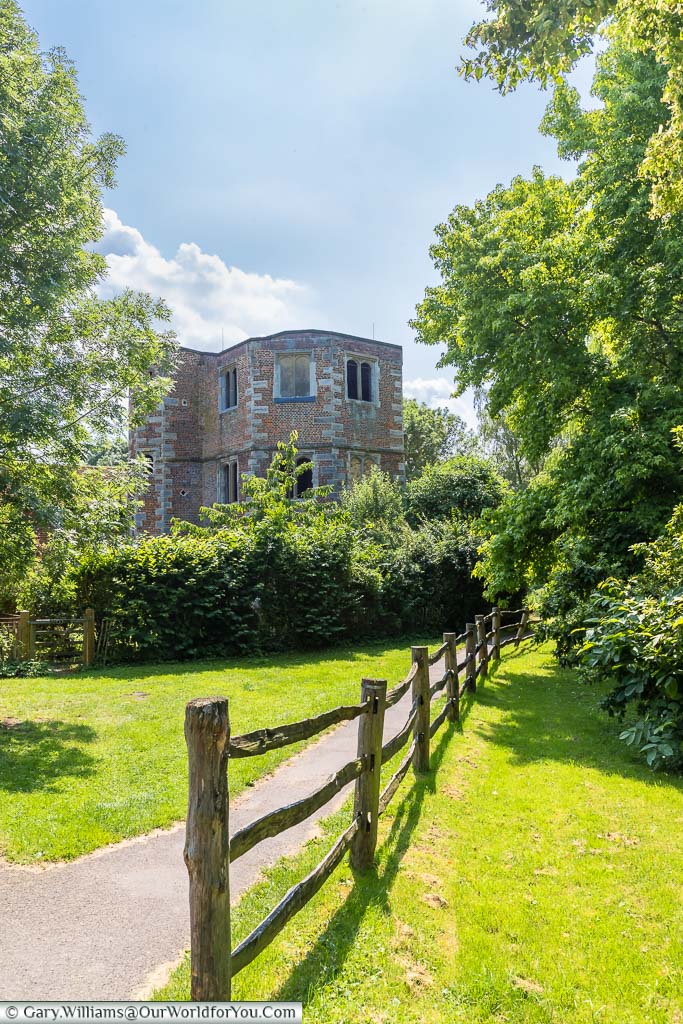
Picture-postcard Otford
With its English country gardensOtford is a beautiful village to stroll around; there are so many eye-catching cottages that wouldn’t look out of place on the front of a chocolate box. Charming, welcoming doorways with fragrant rambling roses were bobbing in the breeze and hanging baskets tumbling with floral displays.
It’s the quaint little wooden windows that I love; they bring so much character to the cottages, they almost seem to be peering down upon you.
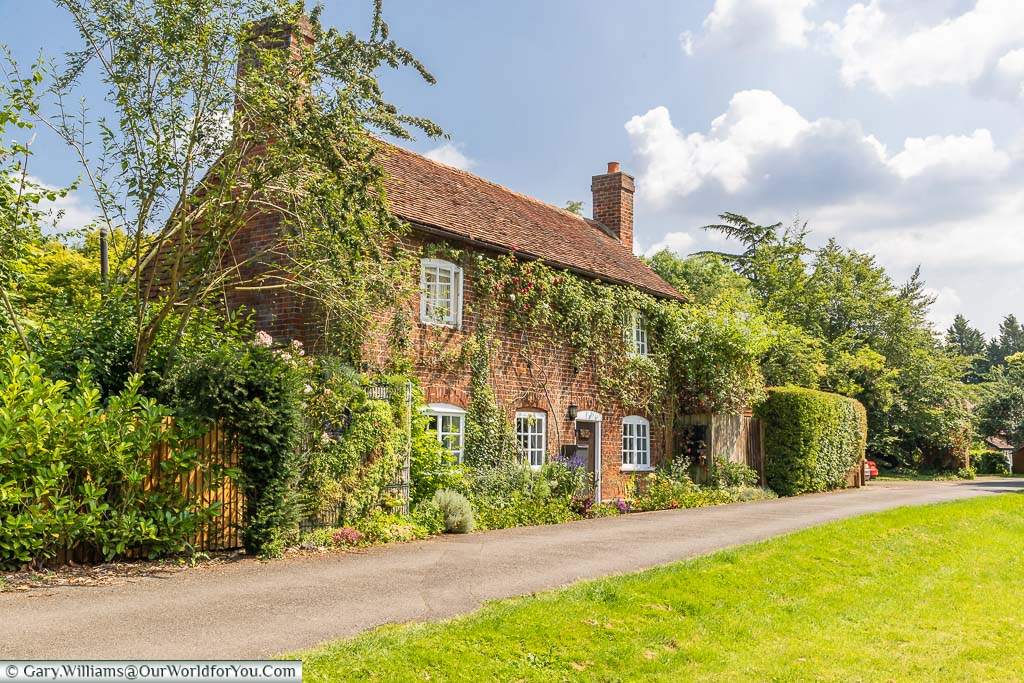
Escape for a few days
Are you looking for that ‘perfick’ holiday hideaway to relax in while you discover the Garden of England?
After a day exploring the Kent coast and its many historic castles enjoy one of the handpicked properties and unique retreats at Holiday Cottages.
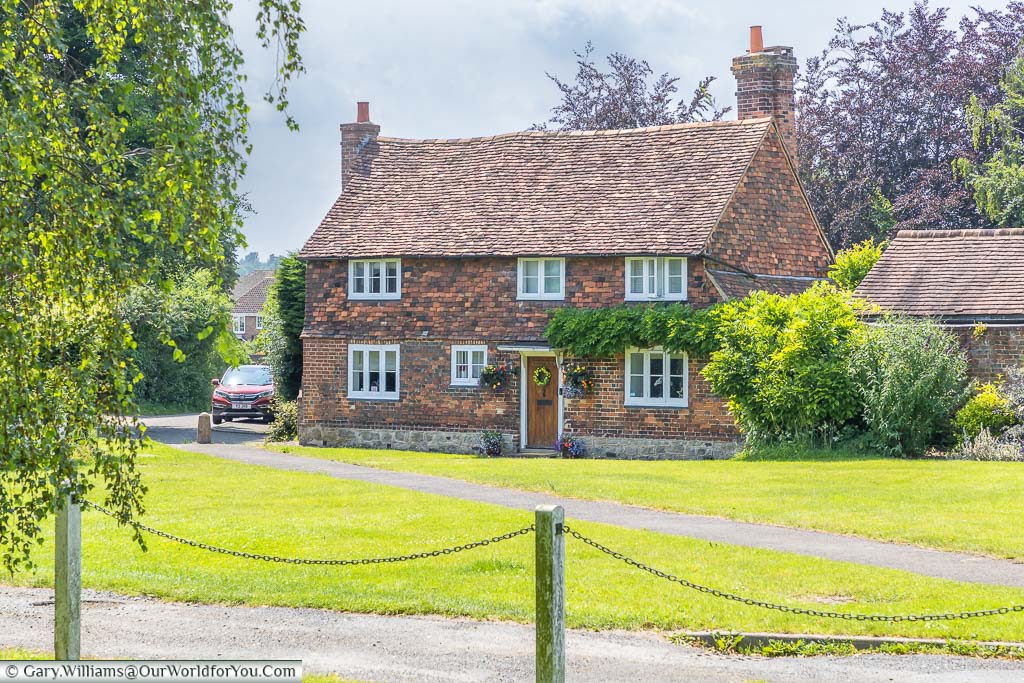
At the western end of Otford High Street, prior to leading onto Pilgrims Way West, is the unusual old timber-framed building, ‘Pickmoss’.
Pickmoss and Pickmoss Cottage is a grade II* listed building. The Medieval open-hall house was reconstructed in 1951. The western half of Pickmoss preserves its original 15th and 16th-century timbering. It’s incredible to see these historic dwellings still retaining their original character.
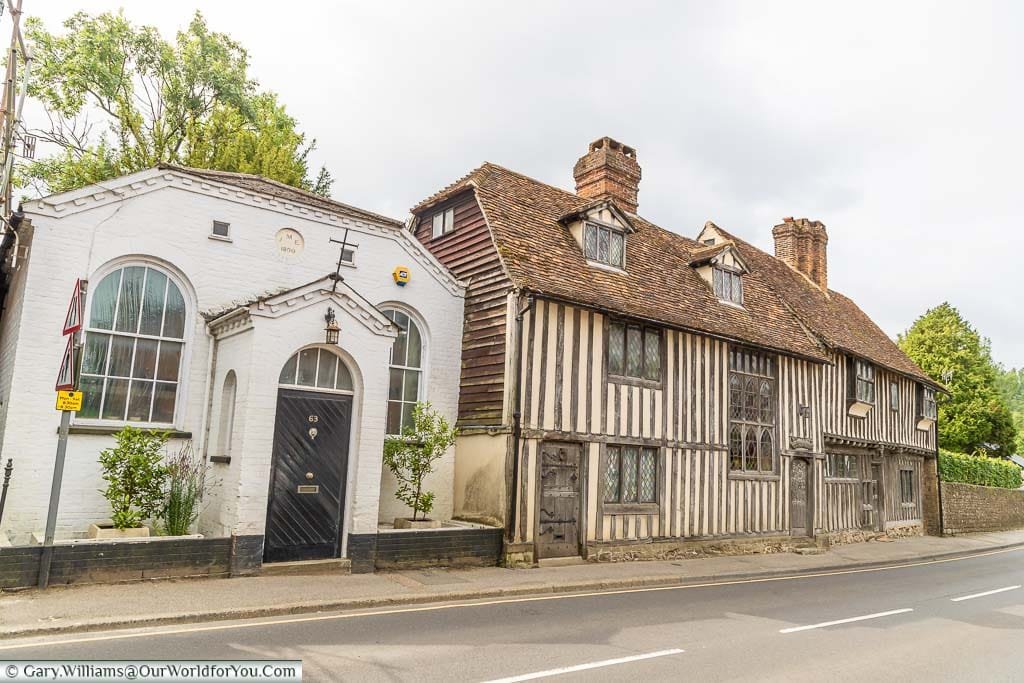
Where to stay near Otford
Exploring Otford
The High Street awaits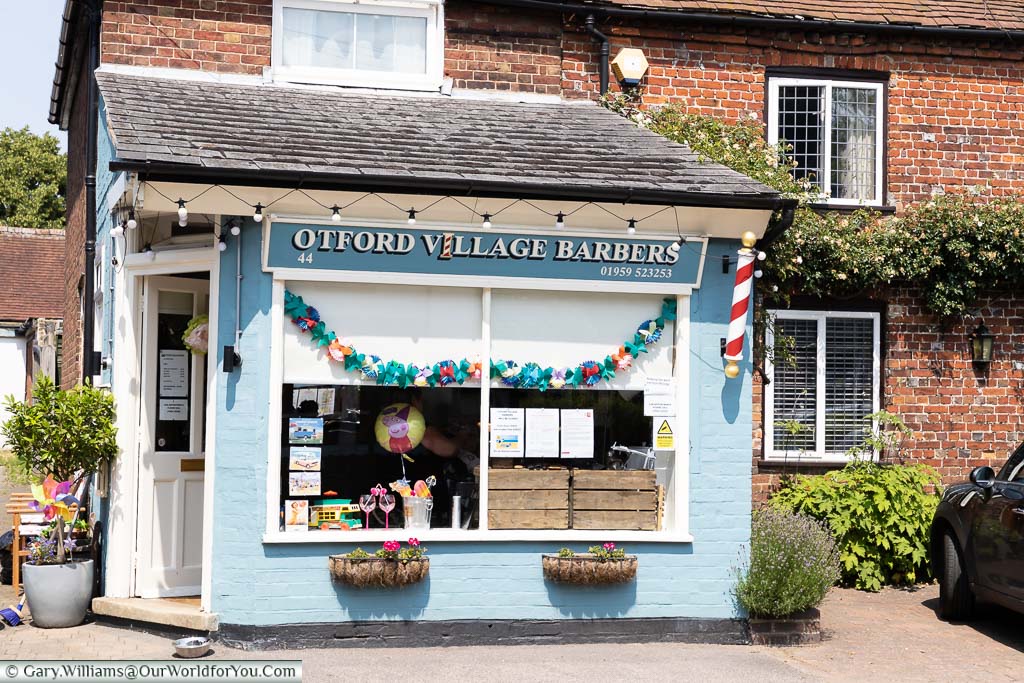
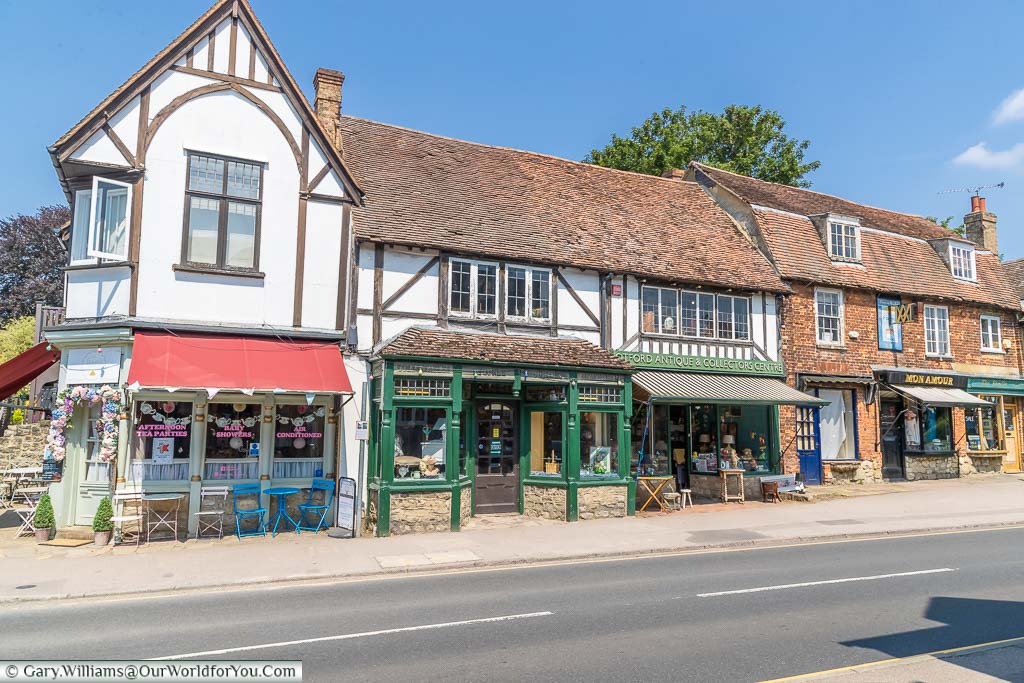
Throughout the village, you’ll discover the signs for Otford’s Heritage Trail. It tells the stories and shares memories of 28 village homes and interesting facts from Otford’s rich past. Otford Conservation Area covers some 16 hectares and contains around forty listed buildings.
You’ll also spot on the side of Otford’s Village Hall and colourful Millennium Mosaic depicting life from the iron-age through to the present day
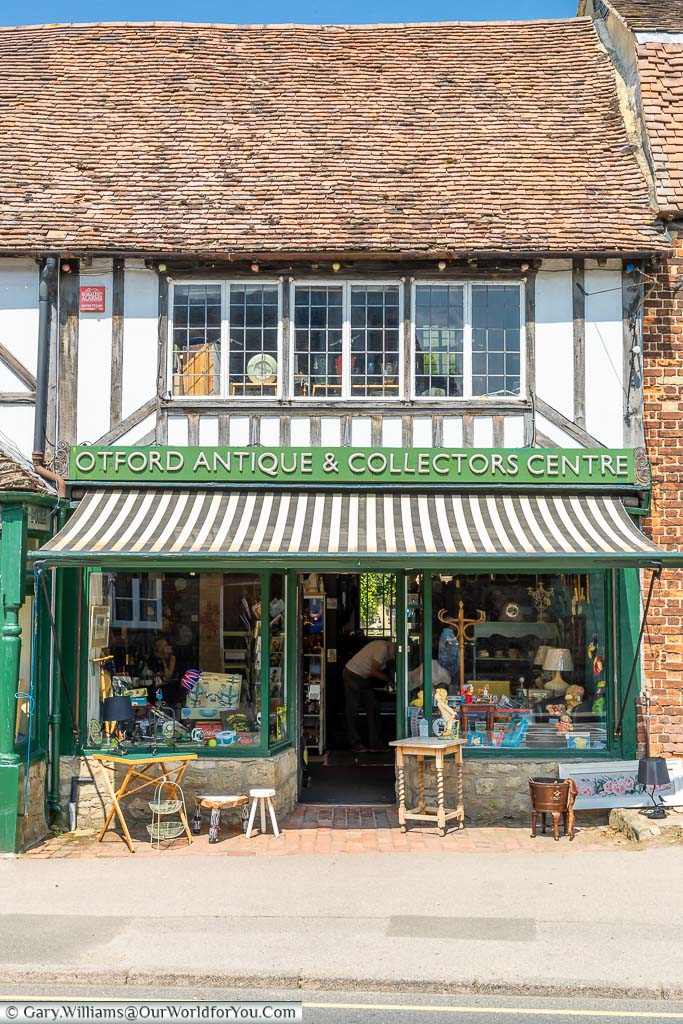
Hiking the Kent Countryside
Otford’s Listed Bird Pond
The centrepiece of OtfordIf you arrived in Otford from the eastern end of the High Street, you wouldn’t have failed to have noticed the beautiful village duck pond, which doubles as a roundabout.
Otford can boast of having the only listed duck pond in the country, granted this status on 16th January 1975. The pond is believed to date back to Anglo Saxon times when it was probably used as a drinking hole for local livestock.
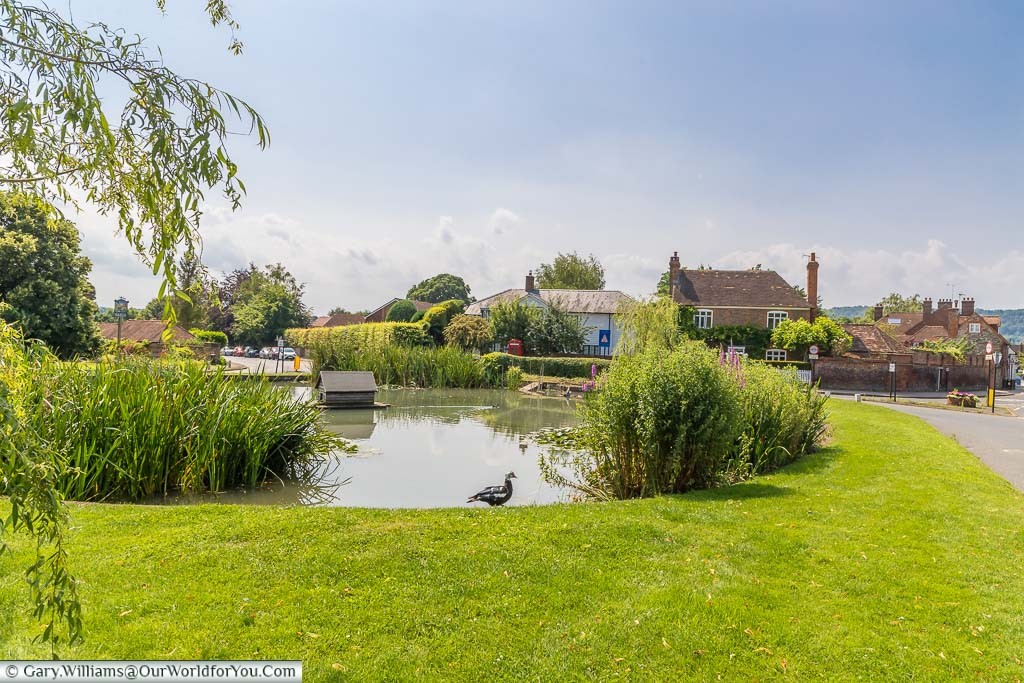
If you're intrigued by Kent's weird and wonderful history, or all unusual stories around the county, then take a peek at "Kent's Strangest Tales".
You won't be able to put it down, you can pick it up for your Kindle or in good old paperback.
Discover Otford’s social side
From its churches to inns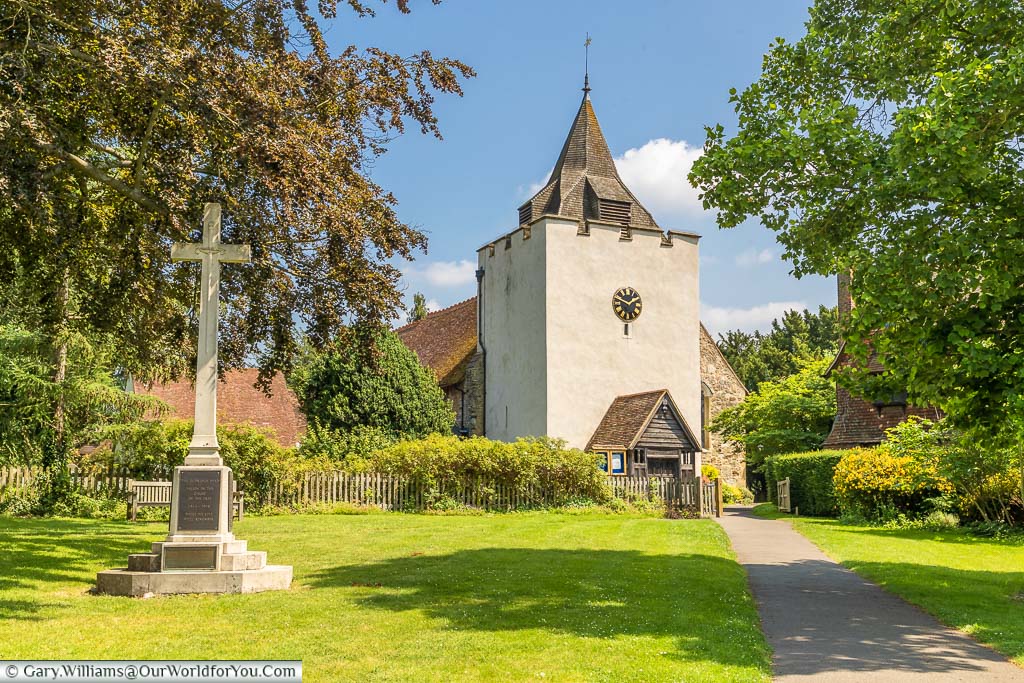
Otford has three other churches, Otford Methodist Church, Otford Evangelical Free Church and the Roman Catholic Church of the Most Holy Trinity.
However, as so often with historic country villages, the number of churches frequently coincides with the number of pubs and inns.
Up until recent years, Otford was welcoming patrons to four pubs and coaching inns. Unfortunately, due to modern-day tendencies, only two pubs remain. The Bull in the middle of the High Street and The Woodman near the duck pond.
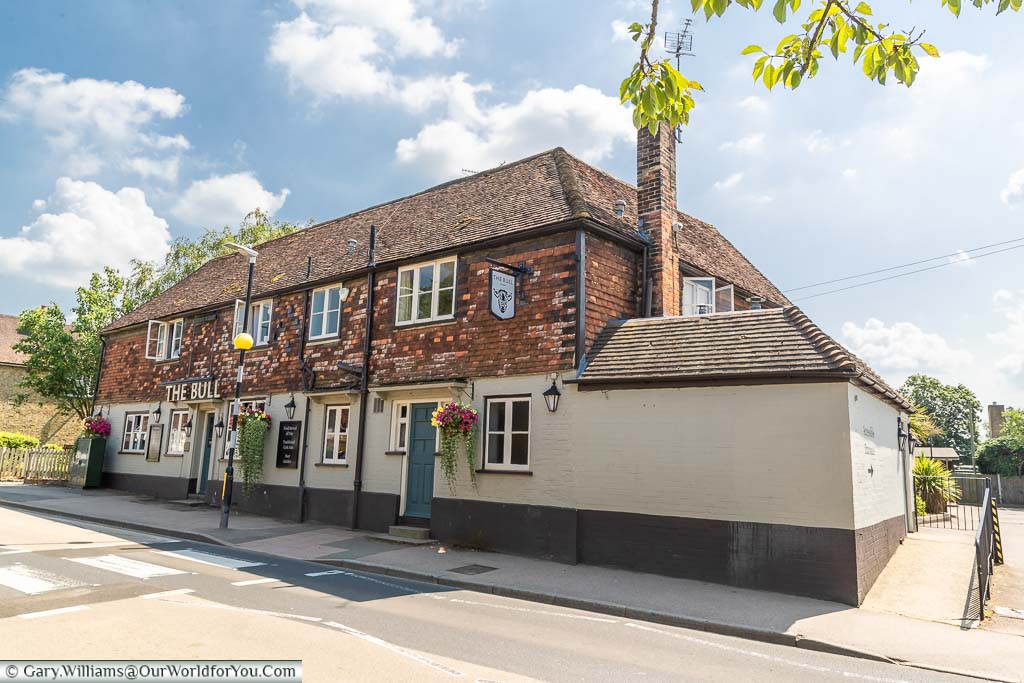
Things to see and do nearby Otford
Within a short distance of Otford, there are plenty of other attractions and activities to keep you occupied. Here are a few that you may enjoy.
Eynsford Castle - English Heritage (Free entry)
Lullingstone Roman Villa - English Heritage
Lullingstone Castle & The World Garden
Lullingstone Country Park
Eagle Heights Wildlife foundation
Farningham Wood Nature Reserve
Brands Hatch
Darent Valley Path
Castle Farm - Lavender Farm (seasonal)
* This post may contain links to affiliated sites where we earn a small commission at no additional charge to you.
